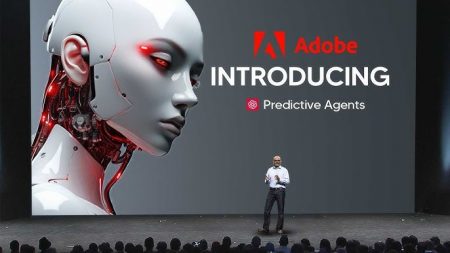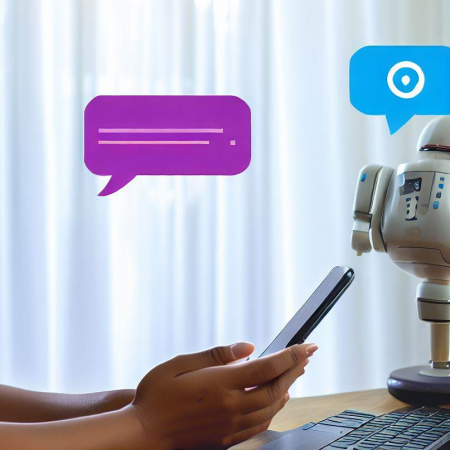Even ahead of its public Mainnet launch, the Stanford-developed Pi cryptocurrency has been hailed for potentially revolutionizing mobile mining…
With users directed to complete their migration to the beta Mainnet before November 30, 2024, the excitement is palpable as everyone gears up for the Mainnet launch. With its Pi cryptocurrency, the Pi network with its Pi cryptocurrency has risen at an eye-watering pace to disrupt the crypto landscape with its innovative, user-centric security and mobile mining model, sparking enthusiasm among millions.
Looking at the ongoing craze, it would not be too far-fetched to claim that the network could very well turn into a global blockchain phenomenon, with the potential to completely democratize the crypto landscape.
While Pi tokens are not yet operational or even available on major exchanges, millions of “Pioneers” around the world continue to accumulate Pi coins every day. This is where the concept of Pi IOUs (or “I Owe You”) has risen, allowing for the speculative trading of Pi coins on select exchanges.
What are Pi IOUs?
Given that the Mainnet is not yet up, traders cannot exchange or transfer Pi tokens, leading to the emergence of Pi IOUs due to strong interest in the network. They are speculative or placeholder assets representing a promise by specific exchanges to swap them Pi IOUs for actual Pi tokens once the Mainnet goes live. It basically allows them to speculate on the future price of the Pi coin or token, operating as a futures contract. So, when users buy Pi IOUs, they are not buying the actual Pi tokens, but rather representations of them, with the expectation that when the Mainnet launches, the exchange will swap the Pi IOUs for actual Pi tokens.
Since real Pi coins do not exist currently, Pi IOU tokens have taken their place, which can be traded on some centralized crypto exchanges. Currently, CoinW is the most popular exchange to buy and trade on the Pi Network, with HTX and BitMart being other popular options.
The Future Price of Pi
An intriguing concept is emerging among the “Pioneers” and taking the industry by storm: Global Consensus Value (GCV). According to their theory, the Pi coin valuation stands at USD 314,159, an astronomical figure that cleverly incorporates π, the mathematical constant from which the network derives its name. While the value itself is economically impossible, could it possibly have a bearing on the Pi coin’s future trading value once the Mainnet arrives?
Investors do seem to think so, given that the consensus on the Pi coins’ value is community-driven. After all, the committed and extremely active user base of the network is its biggest strength. GCV is a value that the Pi Network community has agreed upon, based on factors like the coin’s perceived worth, user participation, and the network’s growth. So, it could very well become a valuation standard and influence any trading value in the future. Moreover, the user base runs into millions, creating a positive loop via demand and driving the value of the Pi coins higher.
Another factor to consider is that the supply of Pi coins will be fixed once the network transitions fully to the open Mainnet. Could the resource become scarce, drive demand higher, and further cement GCV’s position as a baseline for value? It is entirely possible. Also, after the network expands, businesses could begin accepting Pi coins, giving them real-world demand and use. Furthermore, if the Pi coin is adopted by institutional investors or is listed on a major exchange, it could gain substantial traction in the global market.
If GCV gains wider acceptance in the ecosystem, especially among then-Pioneers, gains acceptance in commerce, and is associated with its preliminary listing value, it could very well become a reference for the Pi coin’s value, reinforcing its validity. It could even give the Pi coin a stable valuation right from its initial trading days.

Psst – what’s cooking?
While there has been no official confirmation, rumours have been circulating of Elon Musk releasing a Pi Phone and accepting Pi Network coins. It aligns with the tech magnate’s vision of decentralized technology, possibly broadening the accessibility and utility of Pi coins further. As it is, there is widespread interest in the Pi network, IOUs, and the tokens. Moreover, these rumours flying about close to the date of the Mainnet launch are creating just the momentum the network needs to emerge as a major player in the cryptocurrency market. This could provide additional value to the Pi network, possibly even integrating it with innovative technology and thus pushing its potential adoption and usage further. Overall, it would result in further promoting the GCV as a realistic trading value.
The entire Pi network could potentially revolutionize the crypto landscape by making digital currency transactions and the mining process more accessible to the masses. Its community-driven development, unique approach, and scalability point to excellent future growth, even considering the fact that the landscape needs to be navigated carefully.
In case you missed:
- The Life of Pi Network – FAQs and Everything Else You Want To Know
- The Pi Mainnet Launch – What It Heralds For The Pi Coin and Pioneers
- Pi Day 2025: What Awaits The Pi Network on March 14th?
- Everything you need to know about Pi Network
- A Beginner’s Guide to Cryptocurrency Trading in India – Part 2
- A Beginner’s Guide to Cryptocurrency Trading in India – Part 1
- Let The Games Begin: All About Crypto Gaming
- Memecoins: Scheme-Coins Or Valuable Digital Assets
- Should I Use An Anonymous Crypto Wallet?
- Crypto Heists: How To Keep Your Cryptocurrency Safe?











